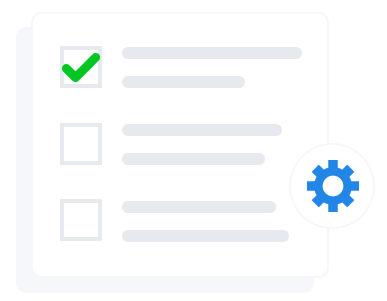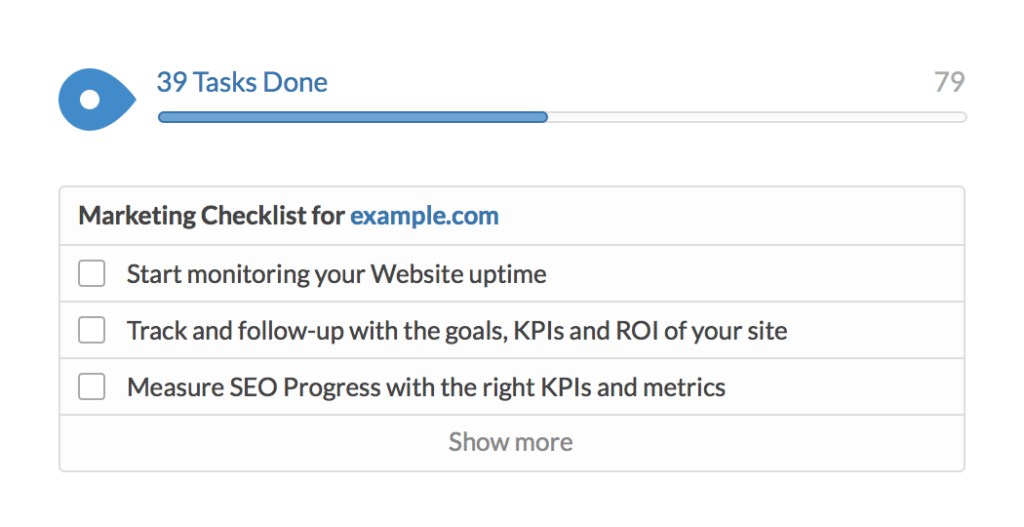Influencer marketing continues to grow and gain interest for brands looking to provide relevant content to their audiences. It has become a popular marketing tactic for companies across a variety of industries. That’s because influencers have the ability to share enthusiasm and empathize with consumers in a unique way that helps companies build important relationships.
According to Mavrck’s new research the 2018 Influencer Point-of-View Report, the rise of influencer content is noticeable and expected to continue. The nature of social media platforms lends itself to building these types of partnerships to increase word of mouth marketing and lower the cost per customer acquisition.
Mavrck’s research sought to get influencers’ perspectives on what motivates them and how they see the current state of the industry. Here’s the highlights of the results:
- Who’s doing the influencing? Women. An overwhelming 95% of influencers are women and predominately, 75% are between the ages of 25-34 and about 20% are between the ages of 35-44.
- Influencers are using the platforms you probably expect them too.
- Everyone is utilizing Instagram 100%
- Facebook Pages 78%
- YouTube 67%
- Twitter 65%
- Facebook Groups 60%
- Pinterest 38%
- Blog 16%
- Snapchat 9%
- Tumblr 4%
- LinkedIn 3%
- Content production growth over the past several years, indicates a steady growth since 2013.
- 2013 4%
- 2014 12%
- 2015 19%
- 2016 21%
- 2017 32%
- Expectations for producing more planned content about a brand’s products and services in the next year reveal huge growth.
- Only 4% of respondents think they’ll produce less content
- 17% expect to post about the same amount
- And almost 80% believe they’ll be providing more posts
- Influencers are creative and passionate and 90% reported receiving free products and services from a brand and 63% reported receiving monetary compensation for their posts.
- Concerns about the FTC endorsement guidelines are low, according to survey results. About 40% of influencers noted that marketers do not follow up with them to enforce FDC disclosures, such as using #spon or #ad in their posts.
Marketers looking at developing and moving ahead with influencer partnerships should absolutely capitalize on the information above. You need to draw from their knowledge and bring them into the conversation early from campaign research and creation through to strategy and goal formation. Utilize their understanding of your audience to foster authenticity and garner trust for your brand.
You also want to hold them accountable for the goals of your campaign. So you need to be able to effectively measure the value of your influencer’s posts. If you wan to move beyond just considering earned media value (EMV) there are a few tactics you can implement that can yield more trackable results.
Try Promotion Codes. Provide influencers with a promo code to share with their followers. Redemptions on this code can help you track how much commission to pay out to the influencer. Just keep tabs on the code to make sure it isn’t leaked onto a coupon site.
Provide Tracked Links. Followers may be more wiling to click on a link than a promotion code. Providing influencers with a direct link that customers can click through on will help you track sales and engagement.
Include a Survey. Gather post-sale information through a survey that asks how customers heard about your company. Be sure to include influencer as a form of marketing and if possible a fill-in-the-blank section to get additional feedback.
These are concrete strategies can inform companies on influencer performance. Being able to deliver ROI will help tell the story of the impact of this particular marketing effort and its impact on your overall business goals.


